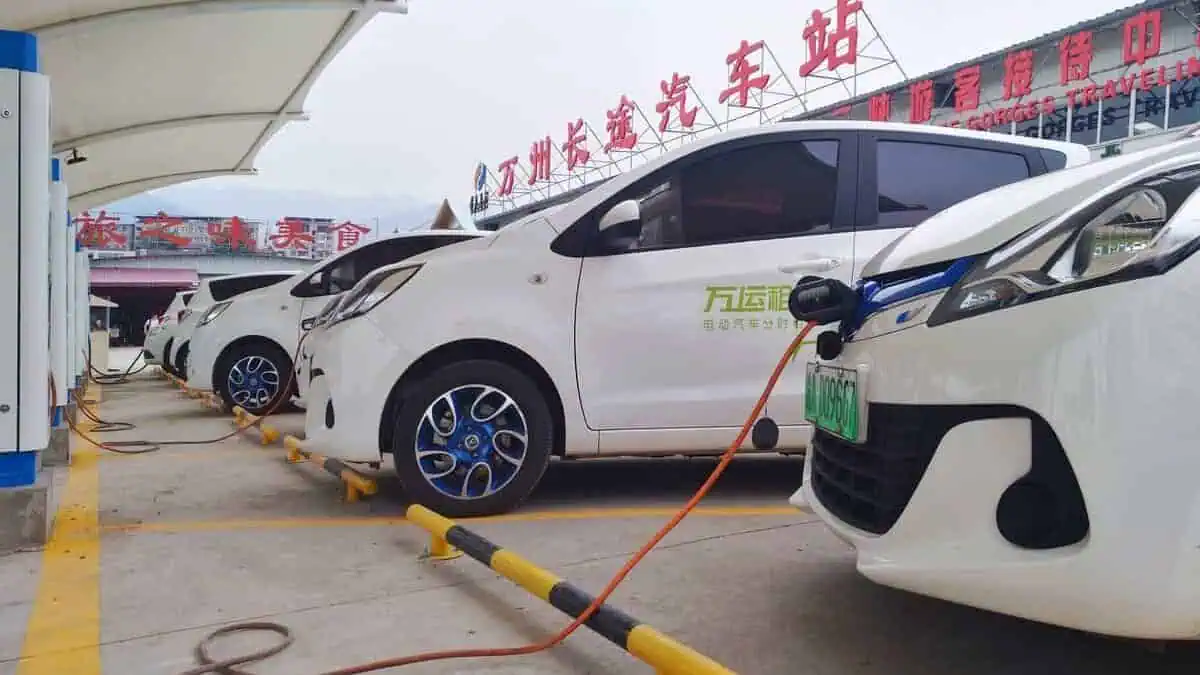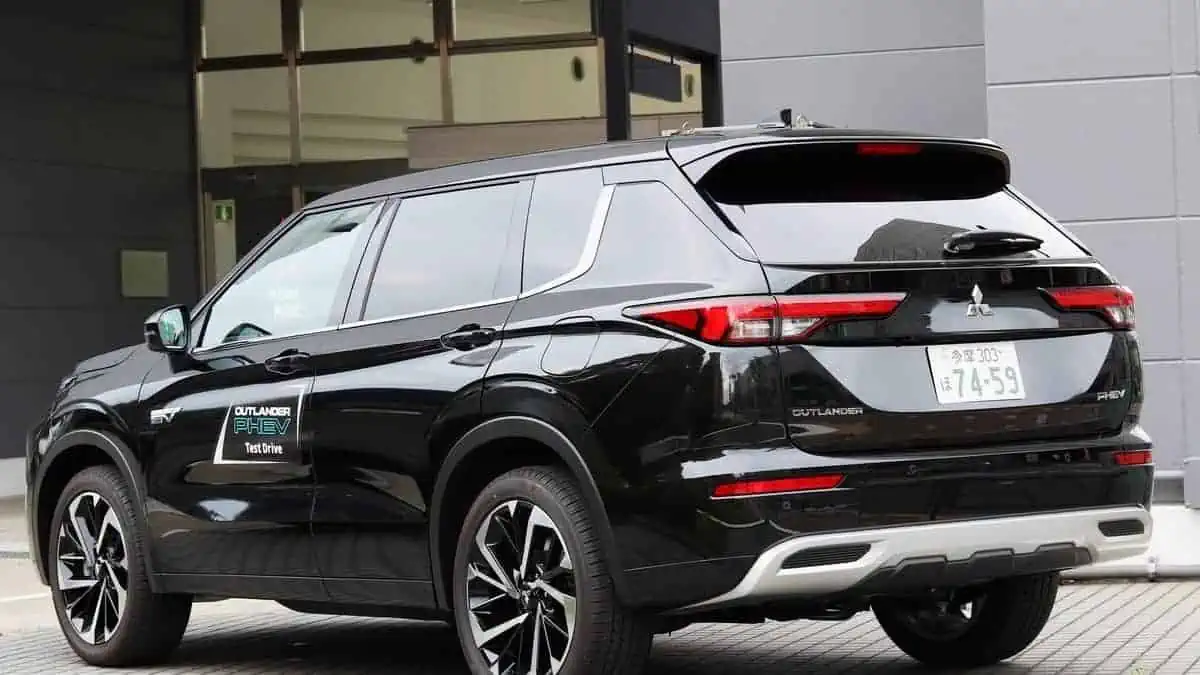In September, China‘s sales of new energy vehicles (NEVs), which include hydrogen fuel-cell cars, plug-in hybrids, and pure electric cars, hit 708,000 units, according to CnEVPost.
According to Reuters, as demand weakened in a faltering economy, electric vehicle sales in China increased at their weakest rate in five months. Officials within the industry, however, predict a stronger year’s end.
Based on the most recent data issued today by the China Association of Automobile Manufacturers (CAAM), it exceeded the 666,000 units sold in August and set a new record high. It should also be noted that these figures suggest an increase of 93.9% from the prior year and a 6% rise from August.
CAAM’s September data in brief:
· Sales of battery electric vehicles (BEVs) increased by 77.2% to 539,000 units from the previous year.
· Sales of plug-in hybrid electric vehicles (PHEV) increased by 177.5% year over year to 169,000 units.
· Sales of fuel cell vehicles increased by 16.8% to 200 units from a year ago
According to Wang Jinzhao, director of the industrial economy research department at the State Council’s Development Research Center, China has become the world’s top exporter of NEVs in 2021, providing one-third of the world’s electric vehicles. YiCai Global reported that it was the first year that China’s NEV exports surpassed 2 million units.
In addition, 2.61 million vehicles were sold in China in September, an increase of 9.5% from August and 25.7% YoY. This implies that the adoption of NEVs in China decreased slightly from the recorded 27.9% in August to 27.1% in September.
In hindsight, China sold 4.567 million NEVs from January to September, a 110% increase from last year.
Meanwhile, PHEV sales were 987,000 units, up 168.9% YoY, and BEVs were 3.578 million units, up 97.9% YoY.
It is also worth noting that China sold 19.47 million vehicles in the first nine months, rising 4.4% YoY.
The fourth quarter will see a sustained rapid rise in vehicle production and sales, according to the CAAM. It also noted that the NEV market and auto exports maintained a positive trend. Consequently, this growth is reportedly driven by China’s initiatives to maintain economic stability while increasing consumption.
Furthermore, the CAAM noted that the basis for China’s economic recovery is still shaky and that ongoing policy support for the auto industry is still necessary.
Nonetheless, government tax exemptions and incentives encourage consumers to switch to NEVs and Chinese businesses to be more assertive and competitive in the market.






